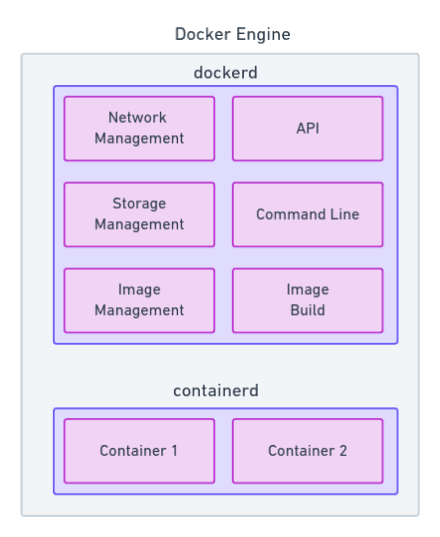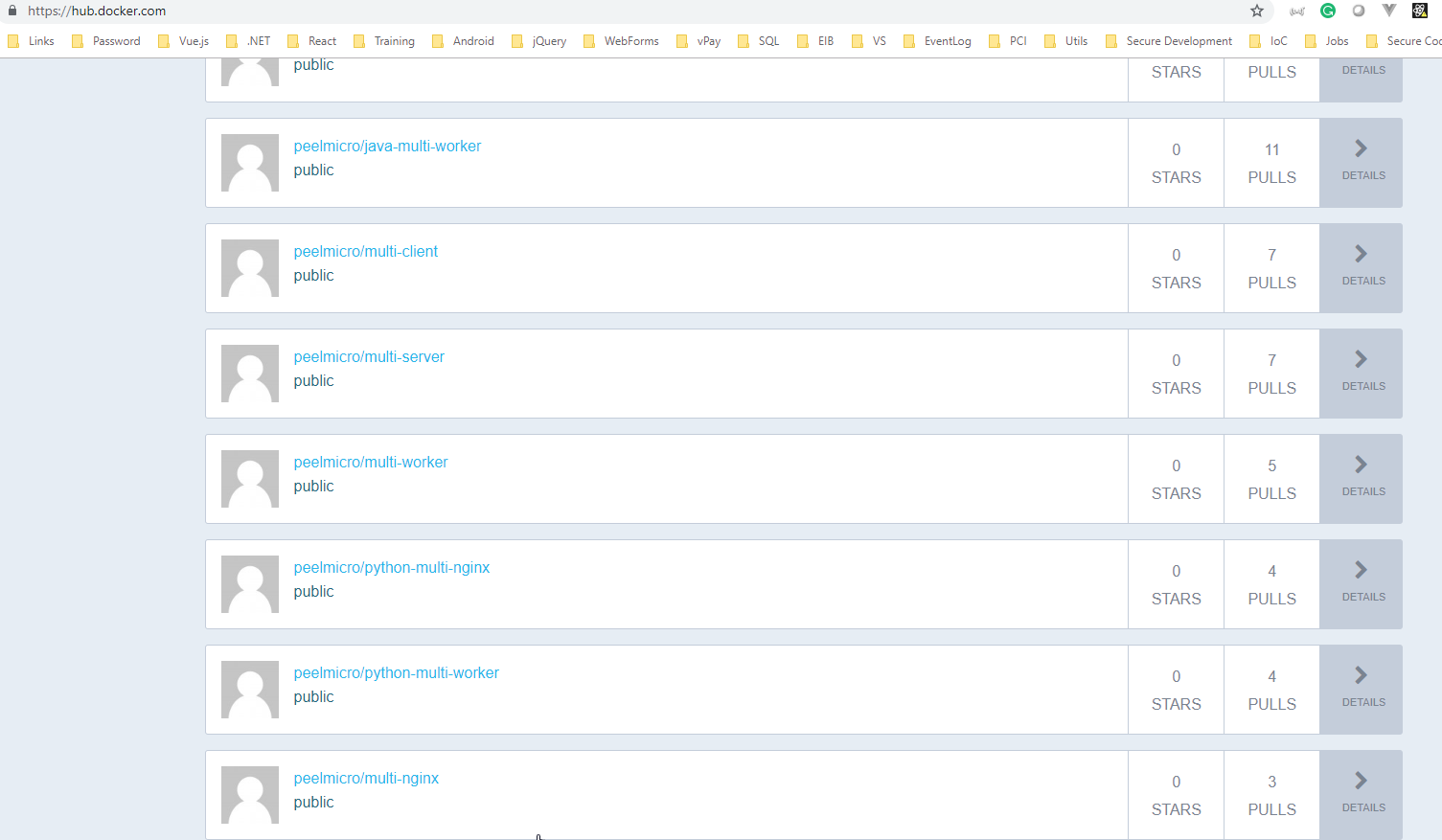
If you use multiple FROM statements in your Dockerfile, each FROM instruction starts a new stage. UI enhancements in multi-stage Dockerfiles When you click it, you will not only build an image but also run a container. If you add the Run section in Run/Debug Configurations, the icon will change. Simply click the hammer icon next to the stage name, and the IDE will build the image using BuildKit. You can activate this option in Run/Debug Configurations by clicking Modify options and selecting Enable BuildKit (experimental).īuilding named stages separately from the whole multi-stage Dockerfile is now easier and faster. We’ve added experimental support for BuildKit, which makes building projects much faster.
#Docker and kubernetes on android code#
The IDE now validates each option to make sure it is compatible.įor Docker Compose, we support all the existing options, including the one for declaring Environmental variables files (.env).įor Dockerfiles, you don’t have to remember all the run commands because code completion works in the Run Options field.įor Images, you can use code completion to enter the image name in the Image ID or name field. To add all the necessary build options, click Modify options to add run options, click Modify. We’ve given your Run/Debug Configuration dialog a makeover to make it neater and adjustable to your needs. You can also manually add values by pasting them in the Additional values area. If you want to skip this dialog when executing Helm commands, tick the checkbox at the bottom. A dialog will open where you can add the required Values file. To configure which values files the chart template will use, select Configure Helm Parameters or invoke Helm Lint or Helm Template from the context menu. The IDE now sees all the files with “ values” in their names as values files. In IntelliJ IDEA 2021.1, we’ve made it possible to use custom Values files. Until v2021.1, the default values.yaml was the only option available for both code insight and running Helm commands. By default, parameters are specified in values.yaml, but Helm allows using an arbitrary number of non-default Values files. You can also convert a List to a multi-document YAML file, and vice-versa, by clicking Alt+Enter and selecting the relevant intention action.Ī Helm chart is a set of parameterized Kubernetes resource descriptions. In each resource from the list, you can rename labels, use code assistance and navigation via the gutter icons. If you want to work with what the ‘ kubectl get -o yaml’ command returns, or if you’d like to apply lists of resources, we have good news for you: your IDE now supports kind: List! You can choose this new option in the Kustomize version drop-down list in Settings/Preference | Languages & Frameworks | Kubernetes. We’ve added support for the new Kustomize 3.7.0 components.

You can now delete all the cluster resources in the current context right from the editor – just click the Run icon in the gutter and select Delete.

In this blog post, we’ll describe them in detail.

IntelliJ IDEA 2021.1 brings some handy updates for Kubernetes and Docker.


 0 kommentar(er)
0 kommentar(er)
